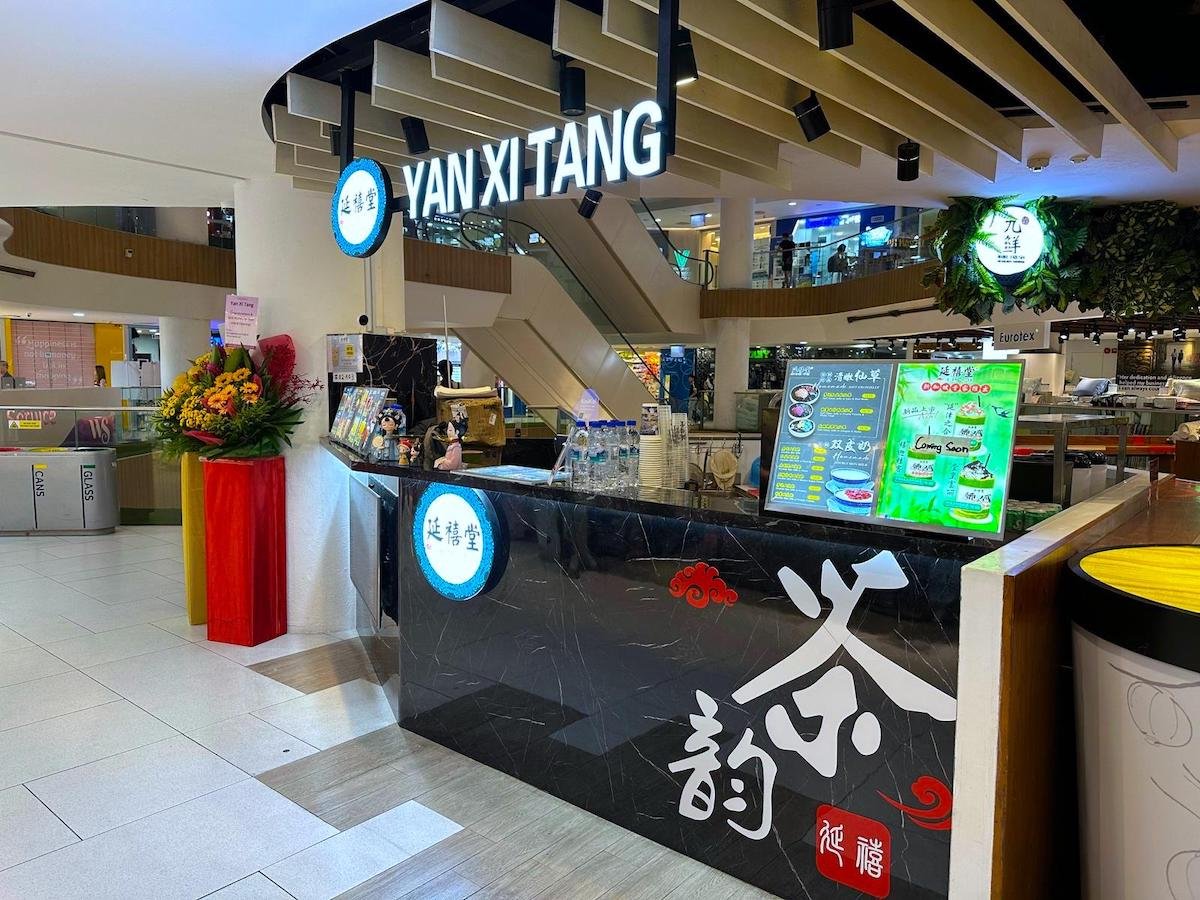What Does a True Employee Benefits Programme Look Like?
When examining the topic of employee benefits, considering three essential factors becomes vital: people, protection and perks. Together, these components shape the overall welfare, satisfaction, and economic stability of employees, incorporating the supplementary rewards provided by employers.
Related: There’s More to Retaining Your Best Employees than Pay
The Nature of a True Employee Benefits Programme
People
The employee benefits programme, with a strong focus on people, acknowledges that employees are the foundation of any organisation. It involves understanding the workforce’s needs, aspirations, and objectives and tailoring benefits accordingly. This includes providing comprehensive healthcare plans that cover medical, dental, and vision expenses. These benefits not only promote physical well-being but also foster a positive work environment, ensuring that employees feel supported and valued.
Moreover, people-centric benefits encompass various programmes designed for personal and professional growth. Employers may offer opportunities for training, skill enhancement, or further education to assist employees in advancing their careers. Additionally, mentoring initiatives, wellness programs, and work-life balance initiatives contribute to overall employee satisfaction and fulfillment, fostering a harmonious work culture.
Related: Unleash Your Employees’ Superpowers with a Clear Mission Statement
Common Types of People-centric Benefits
Health Insurance: Employers frequently offer extensive health insurance benefits to safeguard both employees and their families against medical costs.
Wellness Programmes: Organisations have the option to provide well-being programmes that encompass various aspects of employee wellness, including access to gym memberships, fitness classes, mental health counseling, and resources for stress management. These initiatives aim to support and enhance the physical and mental well-being of employees.
Training and Development: The personal and career development of employees is fostered by various avenues such as opportunities for professional growth, skill enhancement programs, and continuous learning initiatives.
Protection
Employee benefits focused on protection center on ensuring financial stability and shielding individuals from unexpected events. The objective of these benefits is to provide employees with stability and peace of mind.
Common Types of Protection-centric Benefits
Retirement Plans: Many employers provide retirement savings plans, such as pension plans, to assist employees in saving for their future and guaranteeing financial stability after they retire. An increasingly progressive initiative would be for a co-funding pension plan, that involves contributions from multiple sources, such as both employers and employees, or even a combination of different companies pooling their resources to offer a pension plan to their employees.
Medical: Medical benefits offer employees the privileges provided by their employers to cover the costs associated with medical care and health-related expenses. These benefits can vary depending on the specific plan or programme and may include a wide range of services, treatments, preventive measures and even hospitalisation expenses.
Travel: Employee travel insurance is a form of insurance coverage that employers offer to their employees during work-related travel. Its purpose is to safeguard employees from a range of unforeseen risks and incidents that may arise while they are on business trips. This insurance provides financial protection and support for emergencies and other travel-related challenges.
Perks
Additional benefits or perks extend beyond the necessities and aim to elevate employee satisfaction, motivation, and work-life balance. The specific benefits offered can differ significantly based on the culture and resources of each organisation.
Common Types of Perks-centric Benefits
Flexible Work Arrangements: Providing alternatives such as remote work, flexible scheduling, or condensed workweeks can enhance work-life balance and cater to individual preferences.
Paid Time Off: Ample vacation and personal leave benefits enable employees to rejuvenate, pursue their personal passions, and enjoy quality time with their families and loved ones.
Employee Discounts and Rewards: To acknowledge and value the contributions of employees, companies frequently offer discounts on their products and services, along with implementing rewards programmes.
Modern-day Benefits for a Modern-day Workforce
A truly effective employee benefits program puts employees at the forefront, recognising their importance as the bedrock of any organisation. It focuses on benefits that revolve around people’s needs and aspirations, creating a positive and nurturing work environment.
The programme offers people-centric benefits, such as comprehensive healthcare plans, opportunities for professional growth, and initiatives that support work-life balance. These aspects show that the company values the well-being and development of its employees. Moreover, the programme also includes protection-centric benefits to ensure employees’ financial stability and peace of mind. This encompasses retirement plans, disability insurance, and life insurance, providing a safety net in times of need.
Beyond necessities, perks-centric benefits are introduced to enhance employee satisfaction and motivation. These perks might involve flexible work arrangements, generous paid time off, as well as employee discounts and rewards, making the workplace more enjoyable and rewarding.
In summary, a thoughtfully designed employee benefits program not only enhances employee well-being but also fosters a harmonious work culture. By offering support and recognition, it demonstrates genuine appreciation for the invaluable contributions made by employees to the organisation’s success.
Purple Rewards: Employee Benefits Programme
Reward employees with the power of choice over the benefits they need to better their quality of life. Learn how you, as an employer, can maximise your employee benefits programme and implement a rewards programme too – at no extra cost!












